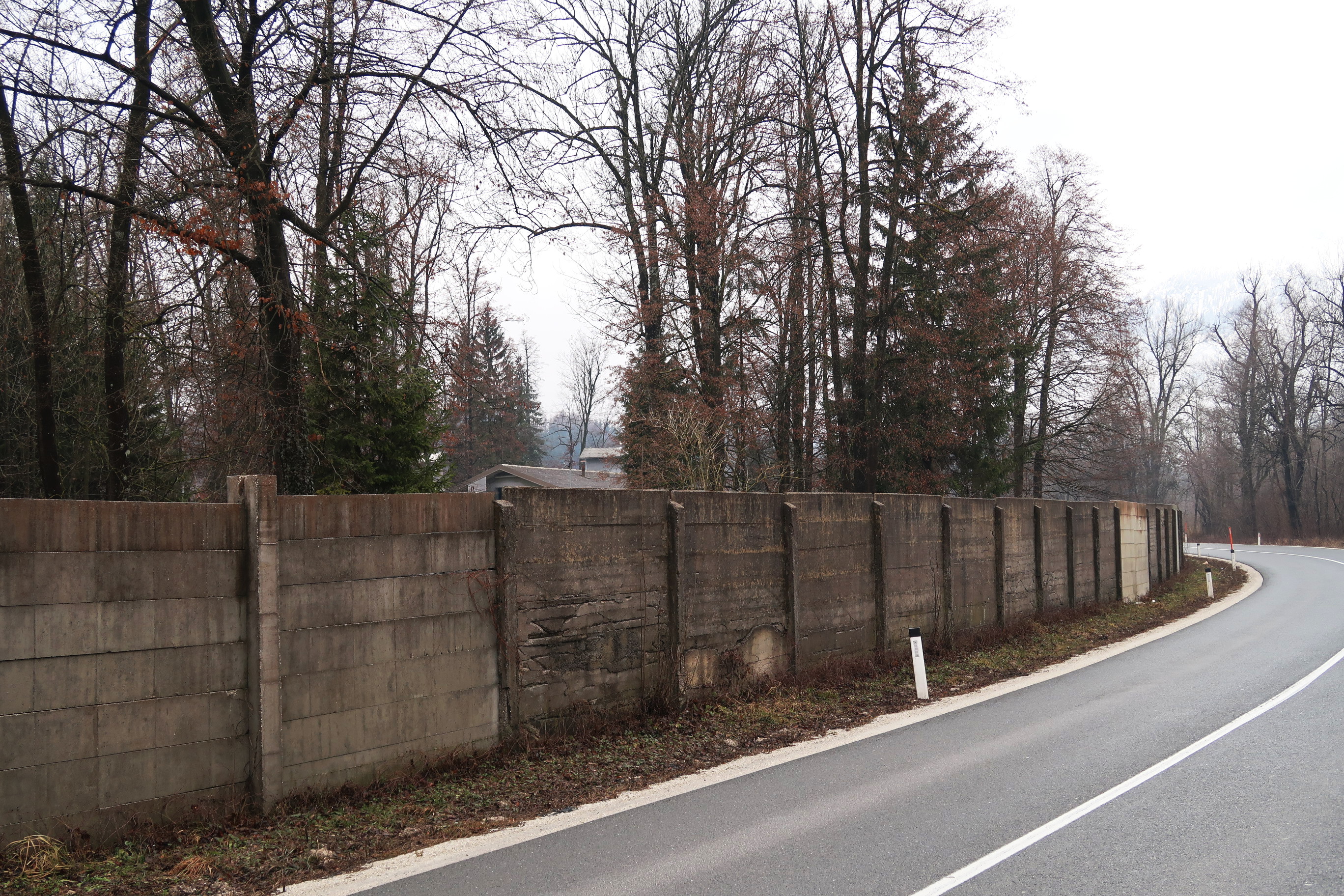Fužine, Kamnik on:
[Wikipedia]
[Google]
[Amazon]
Fužine (; german: Fuschine''Leksikon občin kraljestev in dežel zastopanih v državnem zboru,'' vol. 6: ''Kranjsko''. 1906. Vienna: C. Kr. Dvorna in Državna Tiskarna, p. 26.) is a former settlement in the
 The roots of the ironworks in Fužine go back to a permit issued in 1603 to mine iron ore in the area, and the ironworks were established by Joseph Shigan ( sl, Jožef Žigan) in 1735. The last owner of the ironworks was Edmund von Andrioli (1796–1861), who purchased the facility in 1833. The operations became economically unviable after the economic reforms following the
The roots of the ironworks in Fužine go back to a permit issued in 1603 to mine iron ore in the area, and the ironworks were established by Joseph Shigan ( sl, Jožef Žigan) in 1735. The last owner of the ironworks was Edmund von Andrioli (1796–1861), who purchased the facility in 1833. The operations became economically unviable after the economic reforms following the
Fužine on Geopedia
Populated places in the Municipality of Kamnik Former settlements in Slovenia {{Kamnik-geo-stub
Municipality of Kamnik
The Municipality of Kamnik (; sl, Občina Kamnik) is a municipality in northern Slovenia. The seat of the municipality is the town of Kamnik. Today it is part of the Central Slovenia Statistical Region. It is the 15th-largest municipality by area ...
in central Slovenia
Slovenia ( ; sl, Slovenija ), officially the Republic of Slovenia (Slovene: , abbr.: ''RS''), is a country in Central Europe. It is bordered by Italy to the west, Austria to the north, Hungary to the northeast, Croatia to the southeast, an ...
. It is now part of the town of Kamnik
Kamnik (; german: Stein''Leksikon občin kraljestev in dežel zastopanih v državnem zboru,'' vol. 6: ''Kranjsko''. 1906. Vienna: C. Kr. Dvorna in Državna Tiskarna, pp. 26–27. or ''Stein in Oberkrain'') is a town in northern Slovenia. It is t ...
. The area is part of the traditional region of Upper Carniola
Upper Carniola ( sl, Gorenjska; it, Alta Carniola; german: Oberkrain) is a traditional region of Slovenia, the northern mountainous part of the larger Carniola region. The centre of the region is Kranj, while other urban centers include Jeseni ...
. The municipality is now included in the Central Slovenia Statistical Region
The Central Slovenia Statistical Region ( sl, Osrednjeslovenska statistična regija) is a statistical region in central Slovenia.
Geography
This is the second-largest region in terms of territory. It has a total area of 2,555 km², with a ...
.
Geography
Fužine lies north of Kamnik, on the right bank of theKamnik Bistrica
The Kamnik Bistrica ( sl, Kamniška Bistrica, ) is an Alpine river in northern Slovenia, a left tributary of the Sava River. It springs from the Kamnik Alps (part of the Southern Limestone Alps) near the border with Austria. It is long. The Kamnik ...
River.
Name
The name ''Fužine'' comes from the common noun ''fužina'' 'forge' (a borrowing from Friulian ''fusine''), which referred to the former ironworks there.History
 The roots of the ironworks in Fužine go back to a permit issued in 1603 to mine iron ore in the area, and the ironworks were established by Joseph Shigan ( sl, Jožef Žigan) in 1735. The last owner of the ironworks was Edmund von Andrioli (1796–1861), who purchased the facility in 1833. The operations became economically unviable after the economic reforms following the
The roots of the ironworks in Fužine go back to a permit issued in 1603 to mine iron ore in the area, and the ironworks were established by Joseph Shigan ( sl, Jožef Žigan) in 1735. The last owner of the ironworks was Edmund von Andrioli (1796–1861), who purchased the facility in 1833. The operations became economically unviable after the economic reforms following the Revolutions of 1848
The Revolutions of 1848, known in some countries as the Springtime of the Peoples or the Springtime of Nations, were a series of political upheavals throughout Europe starting in 1848. It remains the most widespread revolutionary wave in Europea ...
and when Kamnik acquired a railroad connection 1849, and Andrioli sold the works to the military in 1853. The Austrian army had seized the gunpowder factory in Mantua
Mantua ( ; it, Mantova ; Lombard language, Lombard and la, Mantua) is a city and ''comune'' in Lombardy, Italy, and capital of the Province of Mantua, province of the same name.
In 2016, Mantua was designated as the Italian Capital of Culture ...
, Italy in 1849 and transported the equipment to Fužine, and it then converted the former ironworks into a gunpowder factory in 1853. Fužine was annexed by Kamnik in 1934, ending its existence as an independent settlement.''Krajevni leksikon Dravske Banovine''. 1937. Ljubljana: Zveza za tujski promet za Slovenijo, pp. 184–185.
References
External links
*Fužine on Geopedia
Populated places in the Municipality of Kamnik Former settlements in Slovenia {{Kamnik-geo-stub